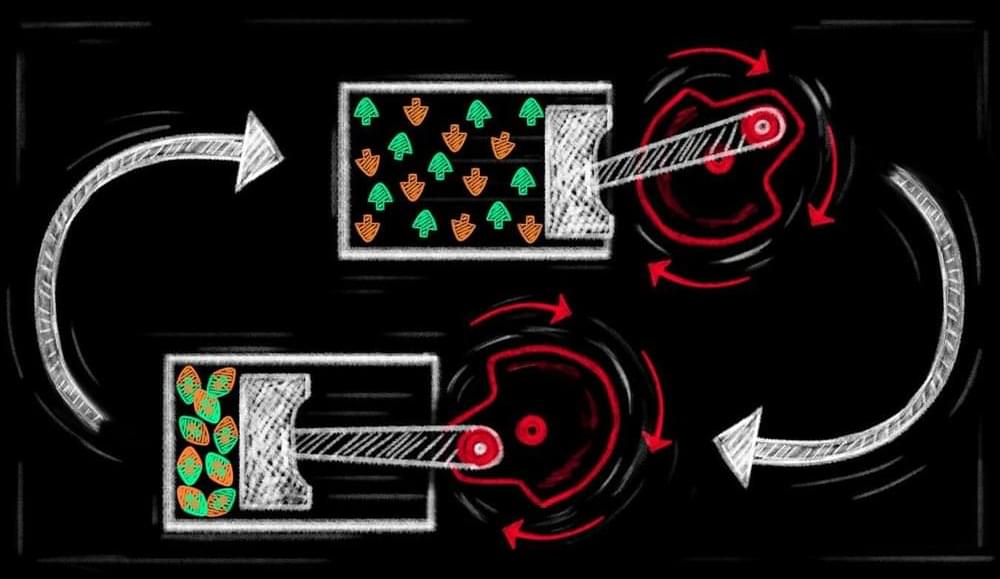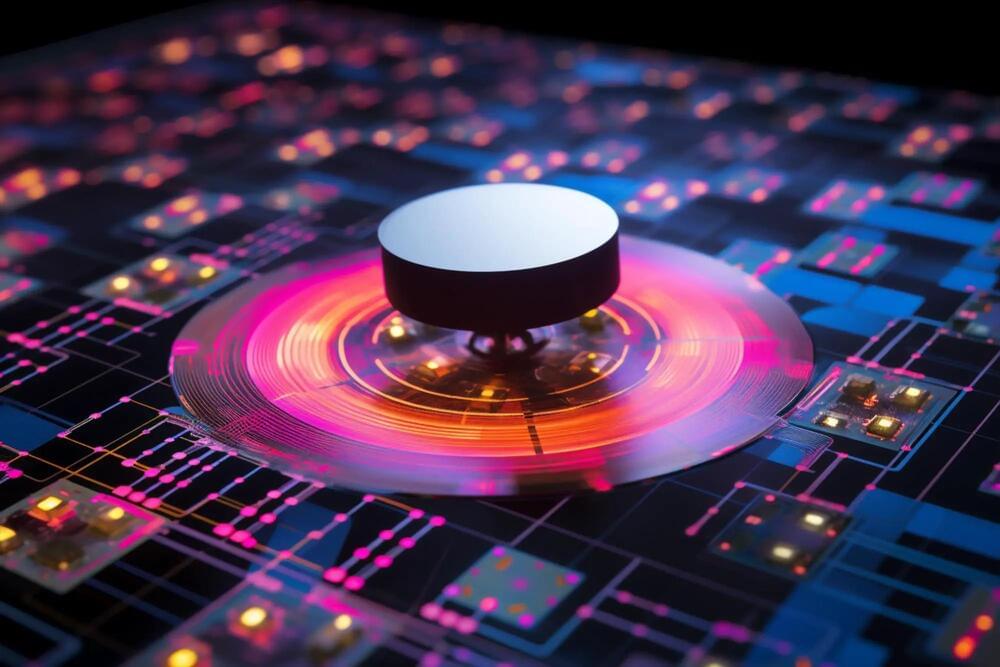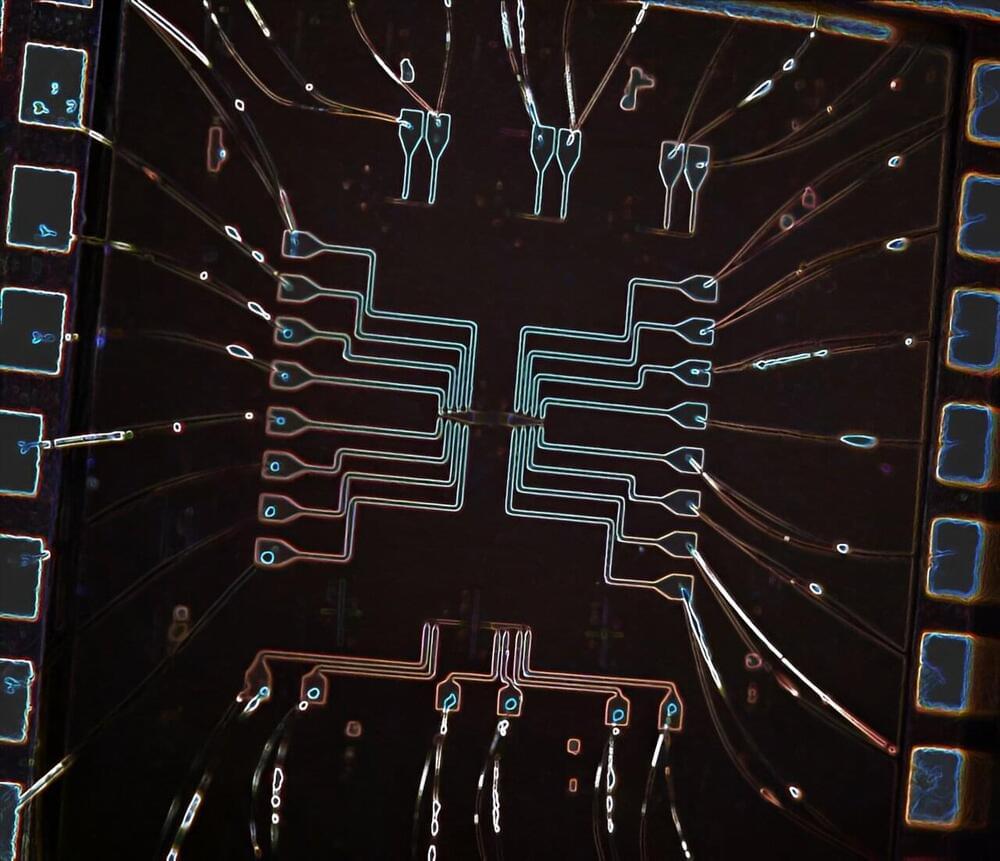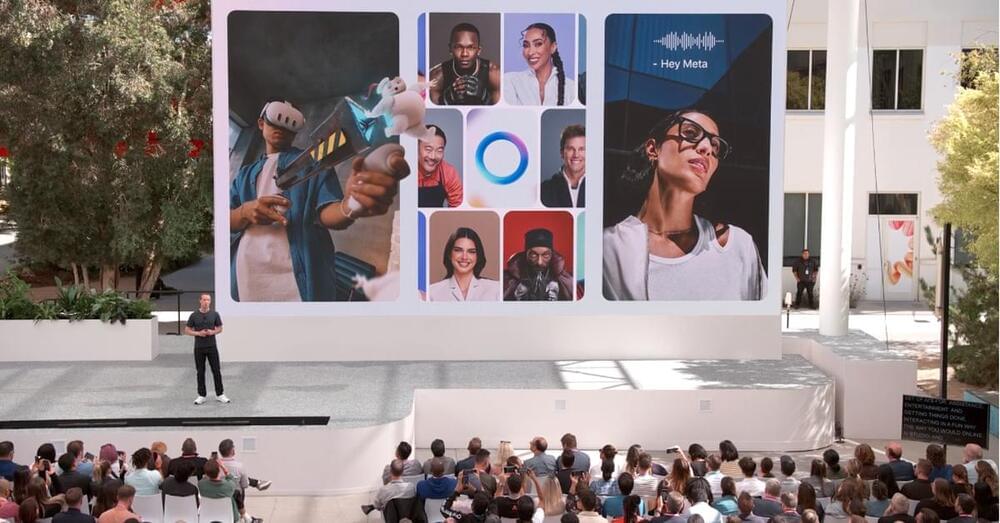A quantum engine that works by toggling the properties of an ultracold atom cloud could one day be used to charge quantum batteries.


A quantum engine that works by toggling the properties of an ultracold atom cloud could one day be used to charge quantum batteries.

Self-sustaining chemical reactions that could support biology radically different from life as we know it might exist on many different planets using a variety of elements beyond the carbon upon which Earth’s life is based, a new study finds.
On Earth, life is based on organic compounds. These molecules are composed of carbon and often include other elements such as hydrogen, oxygen, nitrogen, phosphorus and sulfur.

Advance lays the groundwork for miniature devices for spectroscopy, communications, and quantum computing. Researchers have created chip-based photonic resonators that operate in the ultraviolet (UV) and visible regions of the spectrum and exhibit a record low UV light loss. The new resonators lay the groundwork for increasing the size, complexity, and fidelity of UV photonic integrated circuit (PIC) design, which could enable new miniature chip-based devices for applications such as spectroscopic sensing, underwater communication, and quantum information processing.

Life’s random rhythms surround us–from the hypnotic, synchronized blinking of fireflies…to the back-and-forth motion of a child’s swing… to slight variations in the otherwise steady lub-dub of the human heart.
However, truly understanding these patterns—known as stochastic or random oscillations—remains beyond scientists’ grasp. Despite some progress in analyzing brain waves and heart rhythms, researchers and clinicians have been unable to compare or catalog an untold number of variations and sources.
Gaining such insight into the underlying source of oscillations “could lead to advances in neural science, cardiac science, and any number of different fields,” said Peter Thomas, a professor of applied mathematics at Case Western Reserve University.

Today, we are living in the midst of a race to develop a quantum computer, one that could be used for practical applications. This device, built on the principles of quantum mechanics, holds the potential to perform computing tasks far beyond the capabilities of today’s fastest supercomputers. Quantum computers and other quantum-enabled technologies could foster significant advances in areas such as cybersecurity and molecular simulation, impacting and even revolutionizing fields such as online security, drug discovery and material fabrication.
An offshoot of this technological race is building what is known in scientific and engineering circles as a “quantum simulator”—a special type of quantum computer, constructed to solve one equation model for a specific purpose beyond the computing power of a standard computer. For example, in medical research, a quantum simulator could theoretically be built to help scientists simulate a specific, complex molecular interaction for closer study, deepening scientific understanding and speeding up drug development.
But just like building a practical, usable quantum computer, constructing a useful quantum simulator has proven to be a daunting challenge. The idea was first proposed by mathematician Yuri Manin in 1980. Since then, researchers have attempted to employ trapped ions, cold atoms and superconducting qubits to build a quantum simulator capable of real-world applications, but to date, these methods are all still a work in progress.

And potentially very embarrassing for all of crypto.
The trial of Sam Bankman-Fried is likely to be more consequential than just whether the man himself is found guilty. Depending on what evidence is introduced during the trial, it could be rough for the entire crypto industry.
“How much damage can this trial do to the already beaten-down reputation of the industry at this point?” asks Yesha Yadav, a law professor at Vanderbilt University. “This trial is going to be an excruciating moment for the industry because no one knows what kind of evidence might come out.”
“Is he going to throw the entire industry under the bus?”
Bankman-Fried’s behavior after the fall of FTX suggests he’s something of a wild card. He may suggest he was acting on the advice of his lawyers. But he may also introduce other evidence that could be troublesome — implying, for instance, that he was engaged in standard industry behavior or that everything that happened was Binance’s fault. That may be risky, but we already know that Bankman-Fried loves risk.
“Is he going to throw the entire industry under the bus?” Wong asks. “An idea like, ‘Everyone was doing this, it’s not fair I’m the only one who was charged?’” That may not fly in a court of law, but it could absolutely damage public perception of crypto at large.

It encourages wearers to take more steps, covering distances more quickly than they could without it.
A wearable exoskeleton can help runners increase their speed by encouraging them to take more steps, allowing them to cover short distances more quickly.
While previous studies have focused on how wearable exoskeletons can help people reduce the energy they expend while running, the new study, published today in Science Robotics, examines how wearable robots can assist runners as they sprint.

AI? VR? The term might just refer to whatever Meta is doing now.
Almost two years ago, Mark Zuckerberg rebranded his company Facebook to Meta — and since then, he has been focused on building the “metaverse,” a three-dimensional virtual reality. But the metaverse has lost some of its luster since 2021. Companies like Disney have closed down their metaverse divisions and deemphasized using the word, while crypto-based startup metaverses have quietly languished or imploded. In 2022, Meta’s Reality Labs division reported an operational loss of $13.7 billion.
But at Meta Connect 2023, Zuckerberg still hasn’t given up on the metaverse — he’s just shifted how he talks about it. He once focused on… More.
Meta launches Quest 3 and continues to focus on the metaverse — even though the market isn’t as positive. Zuckerberg shows a shift in his thinking about the concept.

OpenAI promises up-to-date information with direct links to sources for subscribers only, but others will get the feature.
OpenAI posted today that ChatGPT can once more trawl the web for current information, offering answers taken directly from “current and authoritative” sources, which it cites in its responses. The feature, called Browse with Bing, is only open to those with Plus and Enterprise subscriptions for now, but the company says it will roll it out “to all users soon.”
Microsoft’s Bing Chat on Windows, in the Edge browser, and in third-party browser plugins could already return live information from the web, and so can Google’s Bard in Chrome and other browsers. Both also offer… More.
Using Browse with Bing, ChatGPT knows its Morbin’ time.

Amazon today announced the general availability of Bedrock, its service that offers a choice of generative AI models from Amazon itself and third-party partners through an API.
Bedrock, which was unveiled in early April, allows AWS customers to build apps on top of generative AI models and customize them with their proprietary data. Leveraging these models, brands and developers can also create AI “agents” that automatically execute tasks like booking travel, managing inventory and processing insurance claims.
In the coming weeks, Llama 2, the open source large language model from Meta, will come to Bedrock, Amazon says — joining models from AI21 Labs, Anthropic, Cohere and Stability AI.